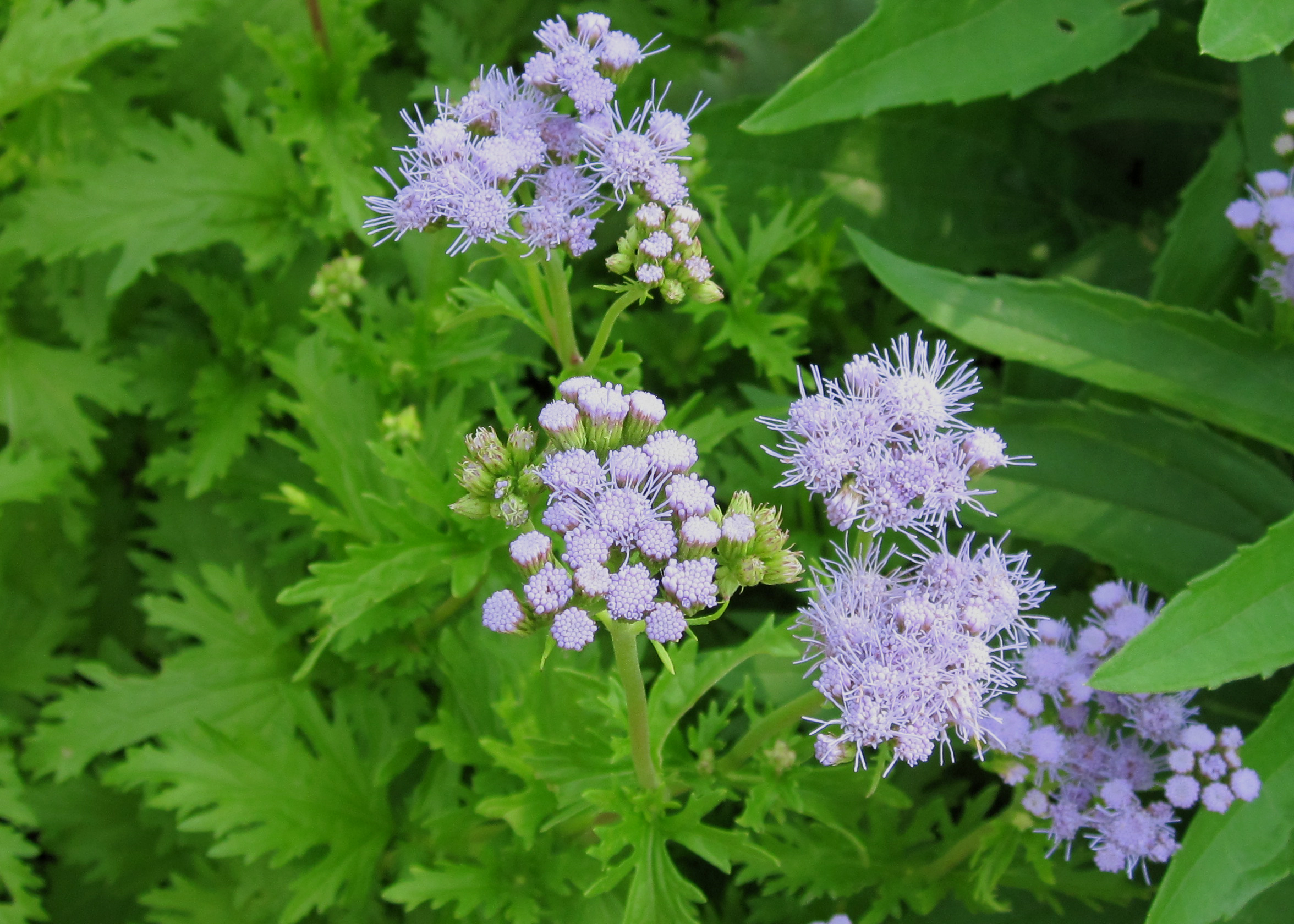Natchez thornless blackberry named New Texas Superstar
Easy to grow, painless to harvest and nutritious to boot
Say “blackberry” today and most people will think of smartphone first and the fruit second.
Like the phone, there is an upgrade available to Texas growers: Natchez thornless blackberries, one of the new Texas Superstar selections for 2013, said Dr. Larry Stein, Texas A&M AgriLife Extension Service horticulture specialist in Uvalde who works mainly with pecans, fruits, grapes and vegetable crops.
Blackberries have a long history of being grown in Texas, and for good reason, Stein said. The fruit is easy to grow and densely packed with antioxidants, dietary fiber, vitamins C and K, and folic acid, as well as manganese, an essential mineral.
These were only some of the reasons the Texas Superstar board has chosen Natchez thornless blackberries as one of the 2013 Superstars, he said.

“Of all the thornless varieties we’ve looked at, this one has been the best one to date,” Stein said.
Usually thornless blackberries aren’t as productive and flavorful as the thorned varieties, Stein explained. But Natchez, which was developed by a University of Arkansas breeding program, is the exception, producing large berries with lots of flavor.
Texas Superstar plants undergo extensive tests throughout the state by Texas A&M AgriLife Research and AgriLife Extension horticulturists, said Dr. Brent Pemberton, AgriLife Research horticulturist, Overton, and chair of the Texas Superstar executive board.
To be designated a Superstar, a plant must not just be beautiful but also perform well for consumers and growers throughout Texas. Superstars must also be easy to propagate, which should ensure the plants are not only widely available throughout Texas but also are reasonably priced, Pemberton said.
Natchez easily fulfills all the basic Superstar requirements, Stein said.
“Like other blackberries, you plant them one year and they will fruit the next year,” he said. “Typically, you establish them from root cuttings, which simply is a piece of the root. Plant in mid-to-late January or early February, cover it with soil, and in the spring, it pushes up a shoot, and away you go. The fruit will ripen (next year) in late May to early June.”
“Container grown plants are also often seen for sale in nurseries and garden centers,” Pemberton said. “These can be planted anytime they are available, but are best planted as dormant plants in mid-winter when they can have an entire growing season to become established so that a nice crop of berries can be harvested the following year.”
There were no substantial common diseases observed in the Texas trials, Stein added.
“The fruit are elongated, somewhat blocky and very attractive with an exceptional glossy, black finish, and it stores well,” he said.
Natchez’s fertility needs are not exceptional, about the same as other fruit plants.
“Typically, we just need a nitrogen fertilizer. Although, if the soil pH is low, you can use a 3-1-2 (ratio) fertilizer, something like a 15-5-10,” Stein said.
Like many fruit crops, blackberries should be planted where they have sunlight all day long, according to Pemberton.
“Only minimal bed preparation is needed as long as the soil is well drained. Control weeds as needed,” Pemberton said. “But in many cases you could just dig a hole and set the cutting or container plant in and have success.”

Dr. Mike Arnold, AgriLife Research horticulturist and another Texas Superstar board member, said, “In areas where soil characteristics are not conducive to in-ground culture, plants can be grown successfully in large patio containers or raised beds using commercial potting mixes. Alternatively, where regional water quality, for instance in areas with salty water, presents challenges, irrigation with collected rainwater or reverse-osmosis treated water can permit successful culture.”
Stein also noted Natchez thrives in U.S. Department of Agriculture plant hardiness zones, which includes not only all of Texas, but much of the rest of the U.S.
One other thing to note is that Natchez is a semi-erect plant, which means it will need a trellis.
Depending on growing space, some growers may consider Natchez’s vigor a little excessive, but this is easily managed, Stein said.
“What a lot of people will do when they have excessive growth is to prune it, and when they do, that just makes it grow more. The best thing to do is just pinch the top out of it, which will typically slow it down.”
Texas Superstar is a registered trademark owned by AgriLife Research, a state agency that is part of the Texas A&M University System.





